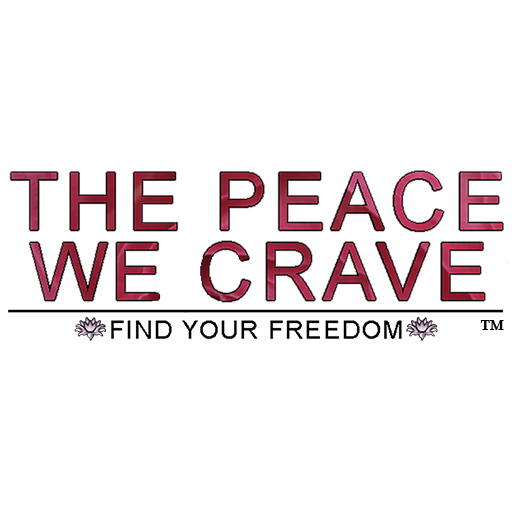How to Handle Triggers in Social & Solo Settings
Triggers are an inevitable part of sobriety, whether you’re navigating a crowded party or sitting quietly at home. Building resilience against these triggers is key to sustaining long-term recovery. By understanding, preparing for, and compassionately responding to them, you strengthen your emotional muscles and protect your sobriety.
Understanding Triggers
Triggers are emotional or environmental cues that spark cravings or thoughts of using substances. In social settings, these might include seeing people drink, hearing certain music, or being in a certain place. In solo settings, loneliness, boredom, or even particular memories can become potent triggers. Research shows that emotional states like stress and isolation are some of the strongest predictors of relapse (Marlatt & Donovan, 2005).
Strategies for Social Settings
Preparation is your greatest ally in social environments. Before attending any event, set a clear intention: Why am I going? How do I want to feel when I leave? Planning responses to offers of alcohol or drugs in advance can help you stay confident. Bring a non-alcoholic drink, have an exit plan or plan to call a list of people in your support network, and, when possible, bring a companion for support.
Practicing mindfulness techniques can also help you stay present and centered in overwhelming environments. A simple grounding exercise, like focusing on your breath for a few moments, can make a difference. Research suggests that mindfulness-based relapse prevention significantly reduces cravings and improves coping responses (Bowen et al., 2009).
Strategies for Solo Settings
Being alone can be just as challenging as being surrounded by temptation. Building a daily structure reduces the aimlessness that can lead to cravings. Activities like meditation, journaling, or even taking a short walk outside can interrupt the automatic spiral into old habits. Studies have found that positive daily activities protect against relapse by providing alternative rewards (Moos, 2007).
If emotions like loneliness or sadness arise, try practicing "urge surfing," a mindfulness technique that involves observing cravings without judgment and allowing them to pass naturally, much like a wave (Marlatt, 2002).
Building Your Resilience Muscle
Every time you choose a healthy response over an old pattern, you strengthen your resilience and emotional sobriety. Celebrate these small victories. Resilience is not about being perfect—it’s about building self-trust one choice at a time.
As you become more skilled at managing triggers, both social and solo, you’ll find that what once felt threatening now offers an opportunity for growth and self-mastery.
Need support to build resilience in sobriety? Let’s chat!
References
Marlatt, G. A., & Donovan, D. M. (2005). Relapse Prevention: Maintenance Strategies in the Treatment of Addictive Behaviors.
Bowen, S., Chawla, N., & Marlatt, G. A. (2009). Mindfulness-Based Relapse Prevention for Addictive Behaviors.
Moos, R. H. (2007). Theory-Based Processes That Promote the Remission of Substance Use Disorders. Clinical Psychology Review.
Marlatt, G. A. (2002). Urge Surfing Technique.
Tanya D. is a Usui/Holy Fire® III Karuna Reiki® Master, Pranic Healer, Meditation Instructor, Holistic Recovery Coach and SHE RECOVERS® Coach. Find her @thepeacewecrave on Facebook/Instagram and at www.thepeacewecrave.com for all things recovery, energy, meditation, healing, and peace. Contact her at tanyad@thepeacewecrave.com.


